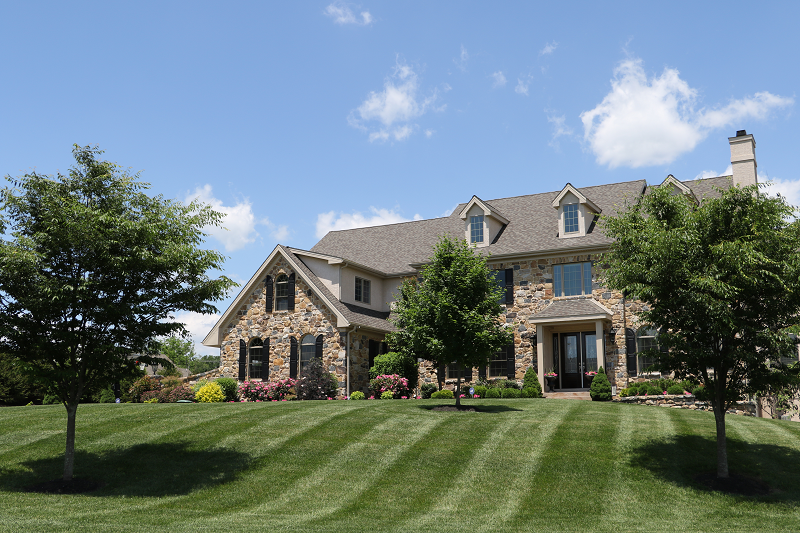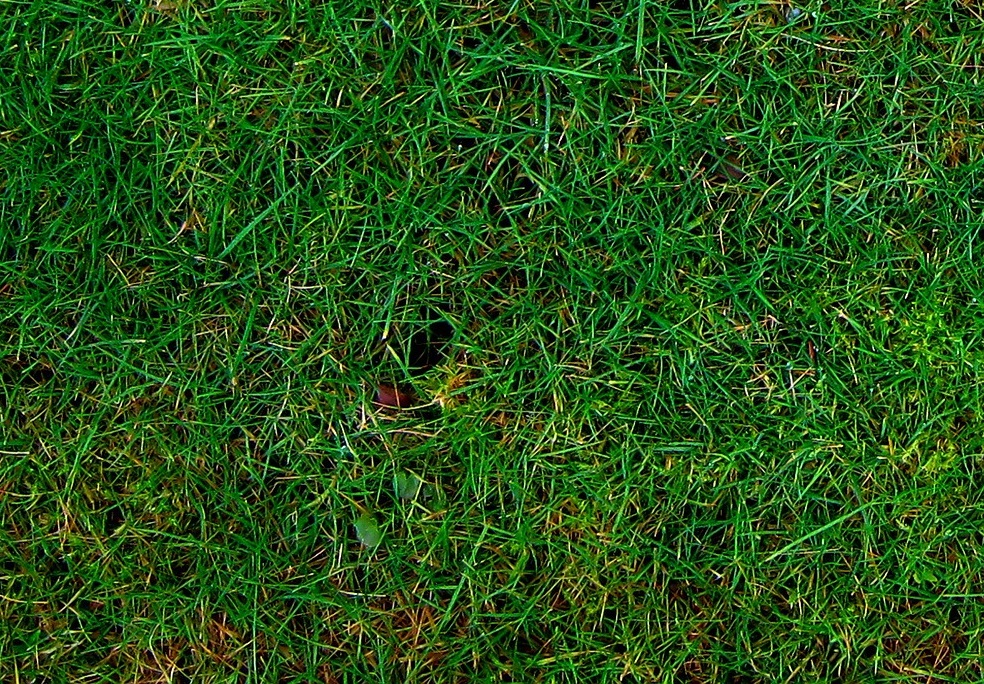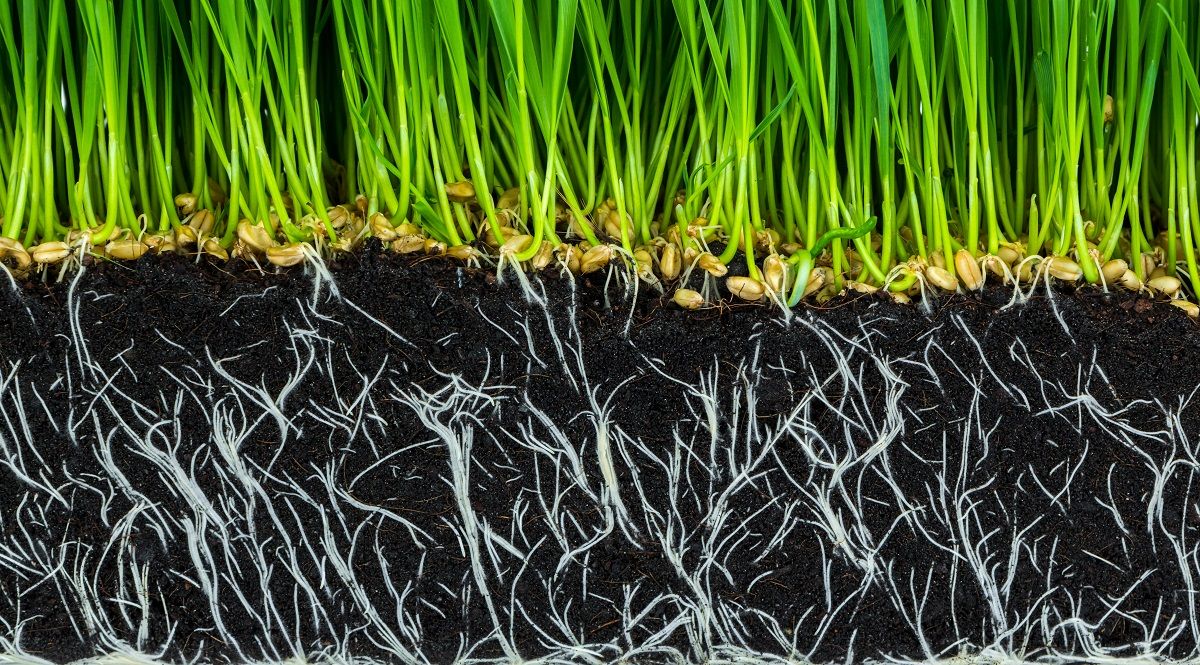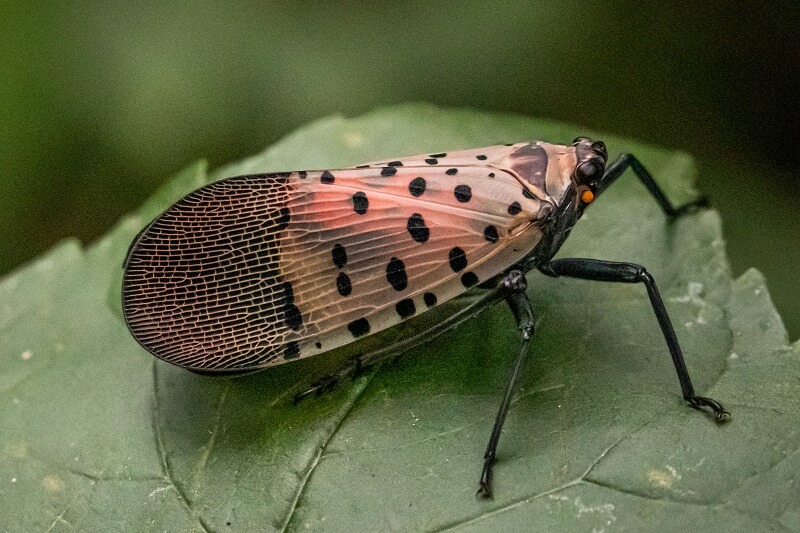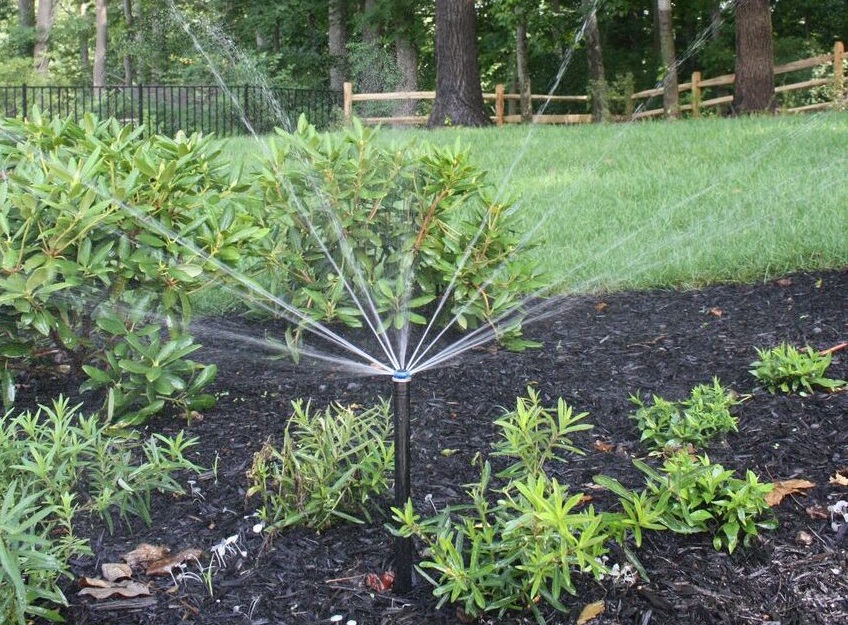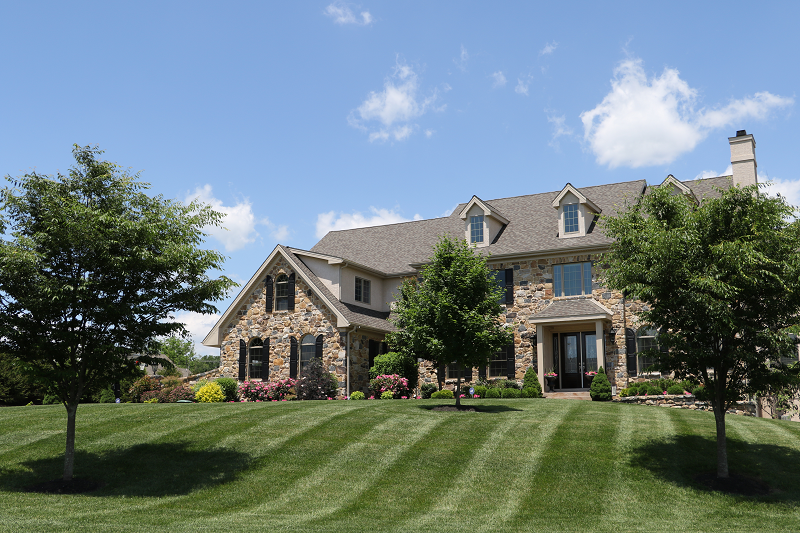What is Turf Care?
Cultivating a lush, healthy lawn requires dedicated care, with turf care a crucial aspect of property maintenance. But what is turf care exactly , and what does this practice entail? Many homeowners often confuse caring for turf with general lawn or yard maintenance. This article will clarify what turf care is, the components, and common mistakes to avoid, all to help you better understand and manage your turf.
What Is Turf, And How Do You Care For Turf?
Before delving into the complexities of turf care, let us start with the basics. You have probably heard the terms ‘turf,’ ‘lawn,’ and ‘yard’ used interchangeably. While these terms are similar, there are some key differences. Turf refers to the topsoil layer supporting grass or other plants. So, when we talk about caring for or maintaining turf, we refer to this soil layer and the grass it supports.
Turf is also an artificial substitute for natural grasses, commonly used in sports fields. These turf grasses can be categorized into two main types: warm-season grasses and cool-season grasses.
- Warm-season grasses like Zoysia and St. Augustine thrive in hotter conditions.
- Cool-season grasses like Kentucky Bluegrass and perennial ryegrass can handle colder weather.
Turf care is the process of studying and correcting soil and grass. Some of the specific services involved include the following:
- Soil analysis
- Fertilization
- Weed treatment
- Proper watering techniques
- Mowing and maintenance
- Pest control
Caring for turf is about more than simply maintaining the appearance of your lawn. Instead, a turf care program is about making a healthier lawn more resistant to pests and disease and more beautiful and vibrant. By investing in turf care, you invest in your property’s long-term health and beauty.
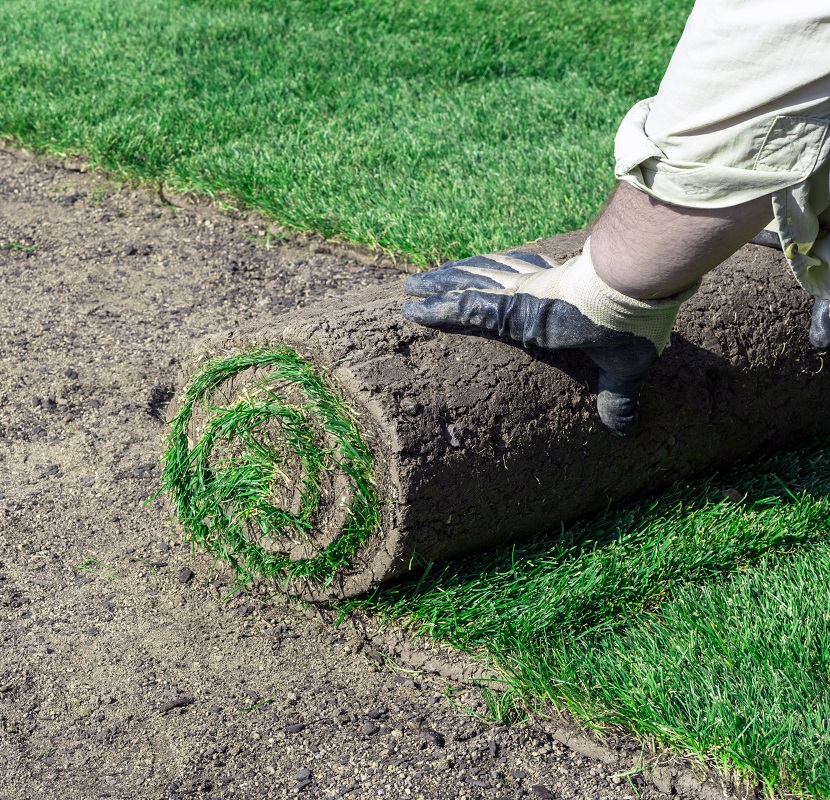
Turf Care Mistakes People Make
Turf care may seem simple for most homeowners who want to keep their properties pristine. The various aspects of turf care can be complicated, so many homeowners make mistakes when going the DIY route, such as overlooking or being unaware of the subtleties of caring for turf and lawns. To help you avoid these issues and keep your turf and lawn healthy and beautiful, here are 4 common turf care mistakes to avoid.
1. Underfeeding Lawns
Grass needs a fair amount of resources to grow throughout the year. Providing too little fertilizer will prevent your grass from looking great year-round. In addition, grass needs fertilizer at specific times during the year to maximize the benefits and the chances of looking good during challenging winter and summer seasons. Burkholder can provide turf and lawn care services, giving regular balanced fertilizers and nutrients to your grass and ensuring all areas of your property receive the best care.
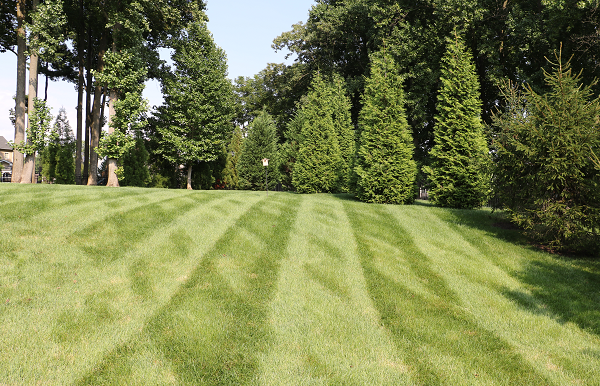
2. Improper Watering
Another common turf mistake people make is improperly watering their grass or plants. For example, some homeowners water their grass and plants for 5 to 10 minutes daily. In reality, watering for a longer amount of time and less often would be better. Deep watering provides enough water to travel deeper into the soil and absorb the roots. Weather can also affect how much water the grass needs. Hot temperatures mean additional watering will be needed, while rainfall may mean less watering, depending on the amount of rain you get.
3. Mowing a Lawn Too Short
Grass plants grow root systems in proportion to their top growth, which means that when someone cuts their lawn too short, the grass is unable to make enough sugars for the roots to grow deeper into the soil.
Those shallow roots can cause further turf and lawn issues, such as allowing the ground to absorb more sunlight so weed growth occurs. Each grass type has a different ideal height, and the experts at Burkholder Landscape ensure your grass is cut to a proper height for health.
4. Letting Weeds Grow
One of the other turf care mistakes people can make is inaction regarding weeds, which allows them to spread. A single weed can produce seeds to spread throughout an entire lawn, leading to more weeds down the road. When homeowners remove them, bare spots that are fertile ground for even more weeds could appear. A landscape professional can help you identify weeds early and has the tools and methods to remove them without harming your lawn.
Contact Burkholder Brothers for Turf Care Services
Now that you know the answer to “What is turf care?” do you want turf care services to enhance the look and vigor of your property? If so, contact Burkholder Brothers to help cultivate a healthy green landscape. Our team of passionate, knowledgeable, certified landscape professionals has years of experience in turf care. We offer various turf care services to address your needs and help to make a beautiful lawn for you. For more information on our services, request a free consultation today.


